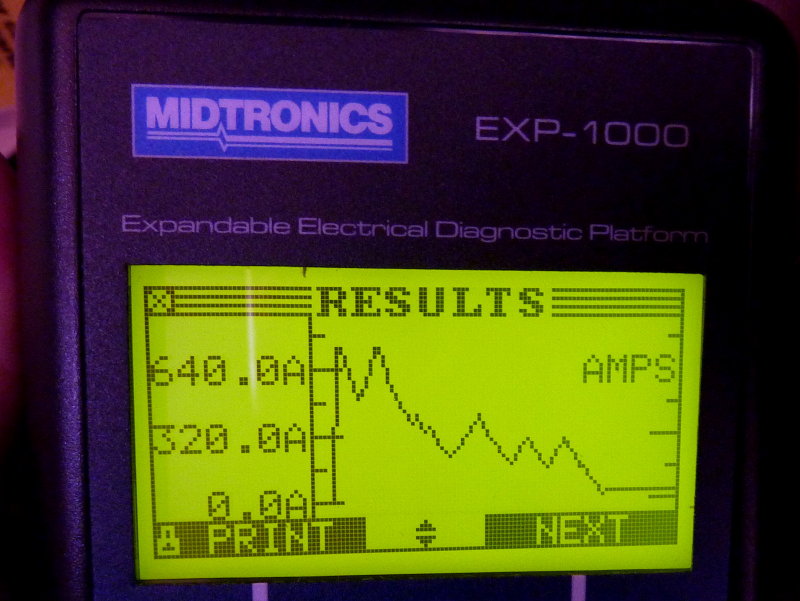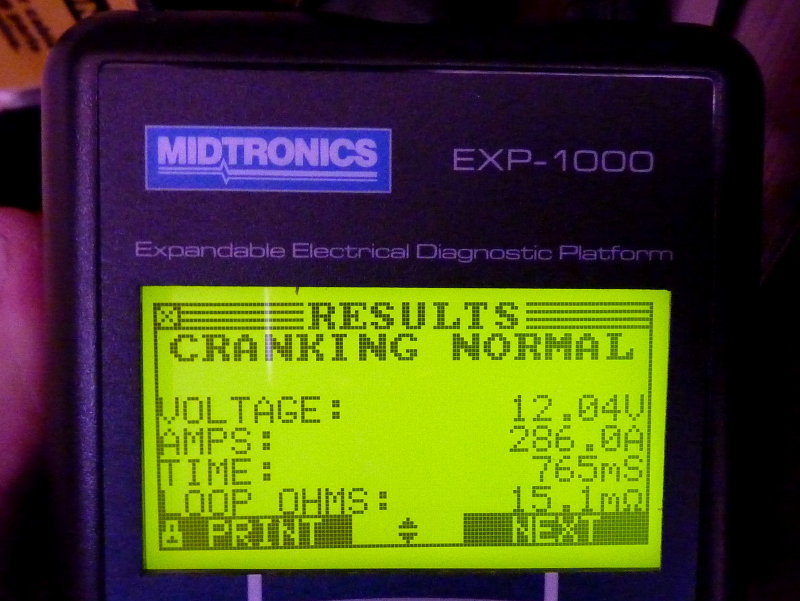Panhandler
Senior Member
It's been an interesting week of wiring aboard (new fuse block, pulling romex and replacing with boat cable, diagraming old wire, etc.) in preparation for a weekend on the hook. In this time I've had the battery charger off. Now that we are on the hook neither the generator or engine will start. Both cranked instantly yesterday. House banks are independent so no draw down. I'll figure out the generator when we get back; the priority is the engine (no danger, can always use my TowBoat subscription).
I'm wondering if I'm getting too much voltage drop, 12.8 down to 9.5 or so, at the starter when cranking. Is this too low or is such a drop normal? I'll try jumping the battery tomorrow, just thinking now... Thanks!
I'm wondering if I'm getting too much voltage drop, 12.8 down to 9.5 or so, at the starter when cranking. Is this too low or is such a drop normal? I'll try jumping the battery tomorrow, just thinking now... Thanks!



